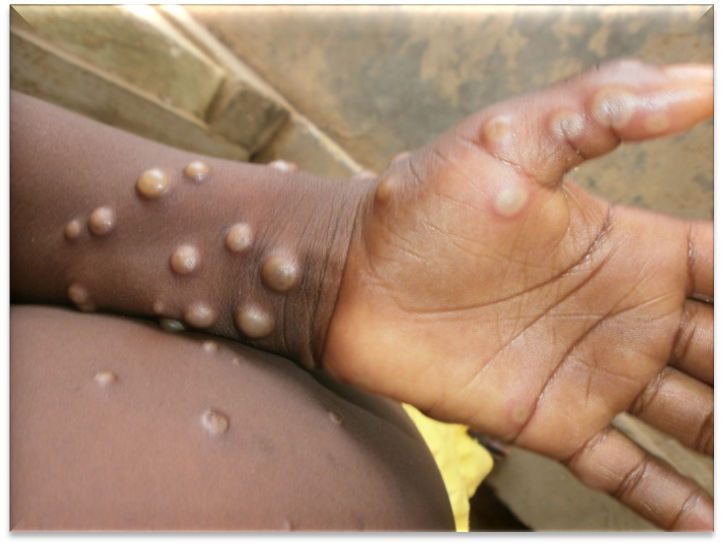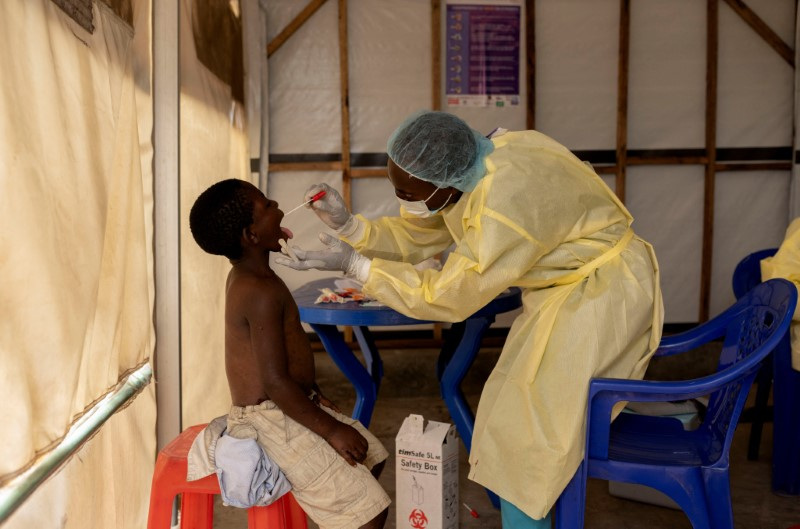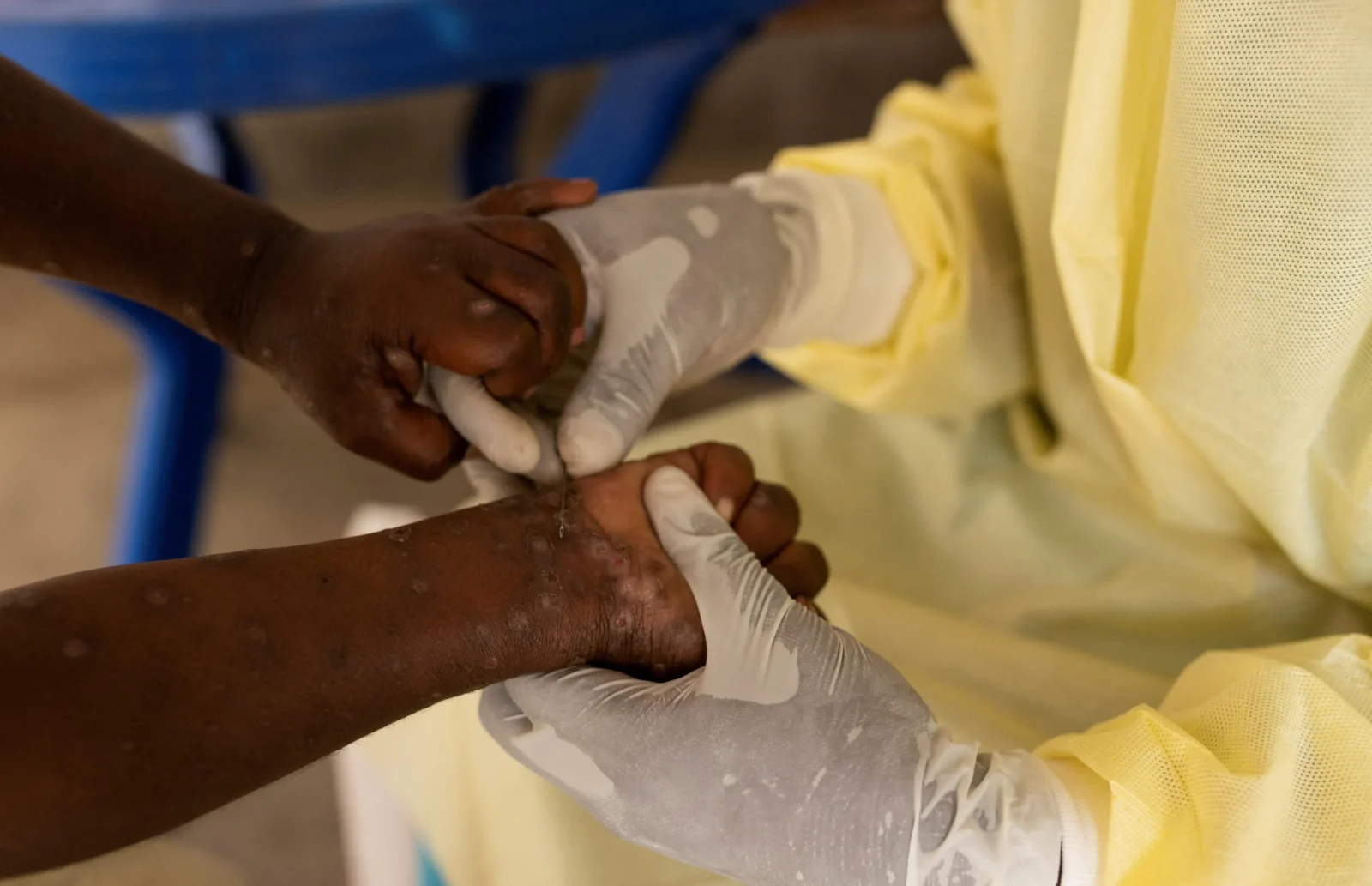Türkiye’s Health Ministry issues guide on rapidly spreading Mpox virus
 Jean Kakuru Biyambo, 48, from the Muja internally displaced person camp, gestures outside his room at the Goma General Hospital where he has been receiving treatment against mpox, Goma, Congo, July 16, 2024. (Reuters Photo)
Jean Kakuru Biyambo, 48, from the Muja internally displaced person camp, gestures outside his room at the Goma General Hospital where he has been receiving treatment against mpox, Goma, Congo, July 16, 2024. (Reuters Photo)
The Ministry of Health has issued a guide on the rapidly spreading Mpox virus, detailing its symptoms, transmission methods, and treatment options. This comes in response to growing concerns worldwide, especially as the virus has now reached Europe, with cases reported in Sweden.
Following the COVID-19 pandemic, fears of another outbreak have heightened, prompting the Ministry to release comprehensive information to the public.



What is Mpox and how is it transmitted?
Monkeypox is a rare viral zoonotic disease primarily found in Central and West Africa but has occasionally spread to other regions.
The virus is transmitted to humans through direct contact with infected animals or by consuming undercooked meat.
Transmission occurs through contact
Human-to-human transmission occurs through prolonged close contact, including exposure to secretions, skin lesions, or contaminated objects.
The incubation period typically ranges from 6 to 14 days, with symptoms such as fever, intense headache, swollen lymph nodes, and a rash that primarily affects the face and extremities.
A rash usually appears 1-3 days after the onset of fever, primarily affecting the face and extremities rather than the torso. The rash may also affect the oral mucosa, genital area, and eyes.
The number of lesions can vary from a few to several thousand, with severe cases potentially leading to extensive skin shedding.
Smallpox vaccinations effective 85%
Although smallpox vaccinations are no longer routine, they are about 85% effective in preventing monkeypox. A new modified vaccine, approved in 2019, offers protection but is available in limited quantities.



